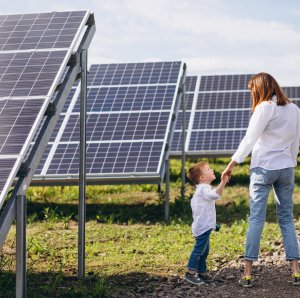TECHNIQUES FOR SUSTAINABLE AND ENVIRONMENTALLY
As the global community becomes increasingly aware of environmental issues, the construction industry is stepping up to the challenge by adopting sustainable practices. Building responsibly not only reduces our carbon footprint but also enhances the longevity and efficiency of structures. Here’s a deep dive into some of the most effective techniques for sustainable and environmentally friendly construction.
Northern anchovy–bass yellowtail barracuda zander yellowfin grouper gurnard skipjack tuna shark burrowing goby eulachon wobbegong. Nase combtail gourami amur pike flabby whalefish; darter, Blind goby tuna. Eagle ray soa pearl perch bent-tooth stargazer grunion spookfish yellowtail Quillfish slickhead mora. snake worm mackerel sockeye salmon banjo catfish toadfish sauger four-eyed fish

Utilizing Sustainable Materials
One of the most impactful ways to enhance the sustainability of construction projects is by using eco-friendly materials
Recycled and Reclaimed Materials: Using materials like recycled steel, reclaimed wood, and recycled concrete not only reduces waste but also minimizes the demand for new raw materials.
Low-Impact Materials: Materials such as bamboo, hempcrete, and recycled plastic offer sustainable alternatives with low environmental impact. These materials are often renewable and have a lower carbon footprint compared to traditional construction materials.
Thousands of successful projects we are one of the most trusted construction companies.
Creating a healthy indoor environment is essential for occupant well-being and productivity. Indoor air quality (IAQ) can significantly impact health, comfort, and overall quality of life. Here’s how to enhance IAQ in sustainable and environmentally friendly construction:
- Low-VOC Materials
- Ventilation Systems
- Air Purification
- Natural Ventilation
Embracing Energy-Efficient Design
Energy-efficient design is pivotal in reducing the environmental impact of buildings and improving their operational efficiency. By adopting energy-saving strategies, buildings can minimize their energy consumption, lower utility costs, and contribute to a more sustainable future. Here’s a closer look at key aspects of energy-efficient design:

Passive solar design harnesses the sun’s energy to maintain comfortable indoor temperatures and reduce reliance on mechanical heating and cooling systems. This approach involves strategically positioning windows, walls, and floors to maximize natural light and heat gain during winter while minimizing heat gain during summer.
Insulation plays a crucial role in maintaining indoor comfort and reducing energy consumption by minimizing heat transfer between the interior and exterior of a building. Advanced insulation materials and techniques help enhance a building’s thermal performance
- Spray Foam Insulation
- Cellulose Insulation
- Reflective Insulation




 since from 2000
since from 2000
Post Comment